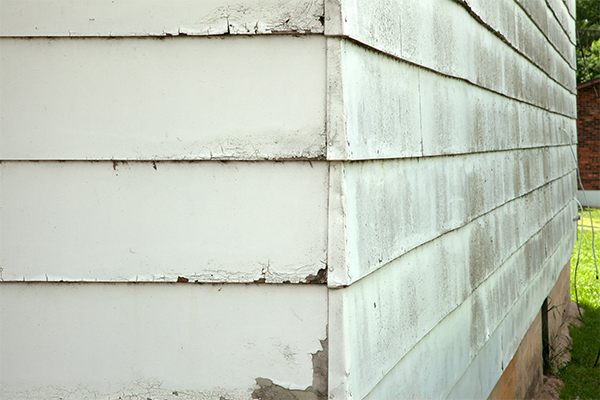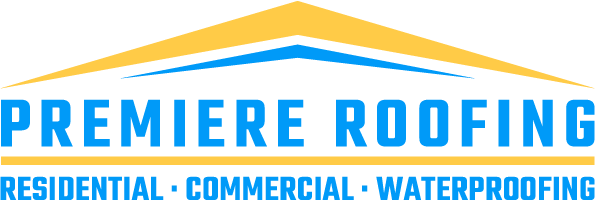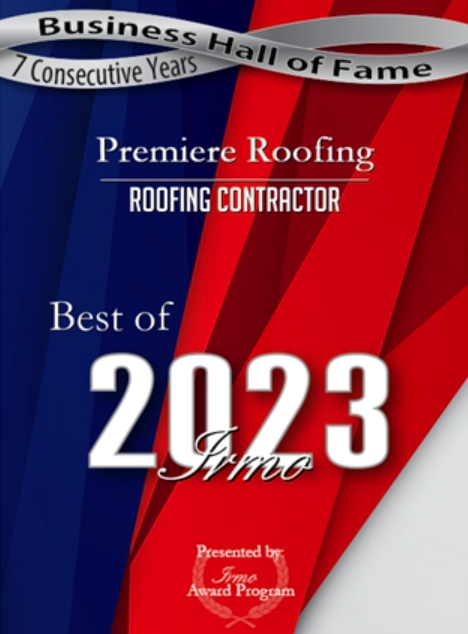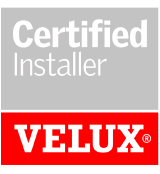When to Replace Siding to Avoid High Energy Bills This Fall


Fall is here, and winter is hot on its heels. How does your home’s siding look this season? The exterior siding of your home plays a crucial role in keeping your energy bills in check during the fall and winter months by protecting your home from the elements and ensuring energy efficiency. Just as a winter coat keeps you warm, siding acts as a protective barrier for your home. But like everything else, siding ages, and there comes a time when it’s best to replace it. Knowing when to replace siding is critical. The answer can significantly affect your home’s health and your wallet.
When to Replace Siding
One of the most common types of siding is vinyl, which can last anywhere from 20 to 40 years with proper maintenance. However, this duration can be shorter or longer based on climate, weather, and how well you maintain it. Knowing when to replace siding is essential to maintaining your home’s energy efficiency and overall appearance. Here are some key signs that it’s time to consider replacing your siding:
- Visible Damage: Cracks, warping, or peeling paint indicate that your siding has seen better days. Damaged siding allows moisture into your home, leading to costly water damage and repairs.
- High Maintenance: If you find yourself constantly repainting or repairing your siding, investing in a replacement may be more cost-effective. New siding can offer long-term durability and lower maintenance requirements.
- Increased Energy Bills: Rising energy bills is one of the most telltale signs that your siding needs attention. Old or damaged siding can result in poor insulation, causing your heating system to work overtime and driving up your energy costs.
- Fading Color: Faded or discolored siding affects your home’s curb appeal and can signal that it’s losing its protective properties. This can lead to reduced energy efficiency.
Types of Siding
When it comes to siding replacement, you have various options to choose from. Each type of siding has advantages and disadvantages, so it’s essential to consider your specific needs and budget. Here are some common types of siding:
- Vinyl Siding: Vinyl siding is low maintenance and durable. It’s available in various colors and styles, making it a versatile choice for homeowners.
- Fiber Cement Siding: Made from a mixture of cement, sand, and wood fibers, fiber cement siding is resistant to fire, rot, and pests and provides excellent insulation.
- Wood Siding: Wood siding offers a classic and natural look. However, it requires regular maintenance to prevent rot and decay, such as painting or staining.
- Metal Siding: Metal siding, often made from aluminum or steel, promises longevity and resistance to fire and pests. It’s a low-maintenance option but may not suit all architectural styles or HOA design requirements.
The Benefits of Replacing Your Siding
Investing in siding replacement can offer numerous benefits for homeowners:
- Improved Energy Efficiency: New siding with proper insulation significantly reduces energy consumption and lowers your utility bills.
- Enhanced Curb Appeal: New siding can transform the look of your home, increasing its resale value and boosting its curb appeal.
- Reduced Maintenance: Modern siding materials require less maintenance, saving you time and money in the long run.
- Protection from the Elements: High-quality siding protects against extreme weather, preventing water damage and mold growth.
Siding Damage and High Energy Bills
With compromised siding, it’s not just your home’s aesthetics that suffer. Damaged siding can lead to severe consequences, including high energy bills and water damage.
- Poor Insulation: Damaged or old siding often loses its insulating properties. This means warm air from your heating system can escape more easily, and cold drafts can enter your home. Your HVAC system must work harder to maintain a comfortable temperature, resulting in higher energy bills.
- Moisture Infiltration: Cracks, holes, or gaps in your siding allow moisture to enter your home. This can lead to water damage, mold growth, and structural issues, which can be expensive to repair.
- Reduced Comfort: Siding that can’t adequately protect your home from the elements can result in discomfort for you and your family. Drafts, temperature fluctuations, and humidity issues can all stem from damaged siding.
Knowing when to replace siding is crucial for maintaining your home’s energy efficiency and preventing costly repairs. If your siding shows signs of damage or wear, it’s wise to explore your siding replacement options, considering factors like the type of siding material that suits your needs and budget. By investing in new siding, you can enjoy improved energy efficiency, enhanced curb appeal, and protection from the elements, ultimately saving you money and ensuring your home remains comfortable even as the autumn leaves start to fall. Contact the experts at Premiere Roofing for more information on siding replacement and to get a free estimate.





















